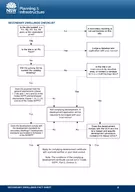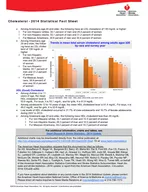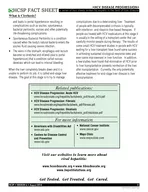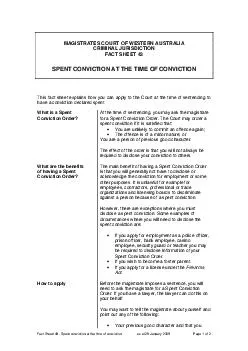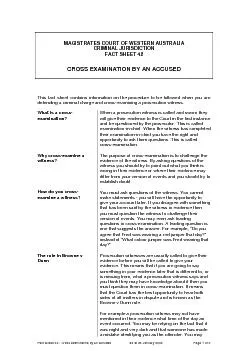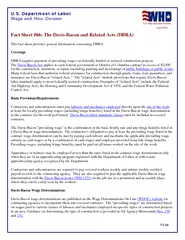PDF-FACT SHEET
Author : nicole | Published Date : 2022-08-16
I NDIANA D EPARTMENT OF E NVIRONMENTAL M ANAGEMENT Arsenic Office of Water Quality 317 234 7 430 800 451 6027 wwwidemINgov 100 N Senate Ave Indianapolis IN 46204 IDEM
Presentation Embed Code
Download Presentation
Download Presentation The PPT/PDF document "FACT SHEET" is the property of its rightful owner. Permission is granted to download and print the materials on this website for personal, non-commercial use only, and to display it on your personal computer provided you do not modify the materials and that you retain all copyright notices contained in the materials. By downloading content from our website, you accept the terms of this agreement.
FACT SHEET: Transcript
Download Rules Of Document
"FACT SHEET"The content belongs to its owner. You may download and print it for personal use, without modification, and keep all copyright notices. By downloading, you agree to these terms.
Related Documents


